|
No matter the season, Hawks Nest State Park is renowned for its breathtaking view of the New River Gorge. While this park is not part of the New River Gorge National Park and Preserve, Hawks Nest is adjacent to the National Park. At just 10 miles north of the New River Gorge Bridge near Ansted, West Virginia, its location on the New River and the nearby Gauley River National Recreation Area puts it at the heart of one of the country's most challenging whitewater rafting areas.
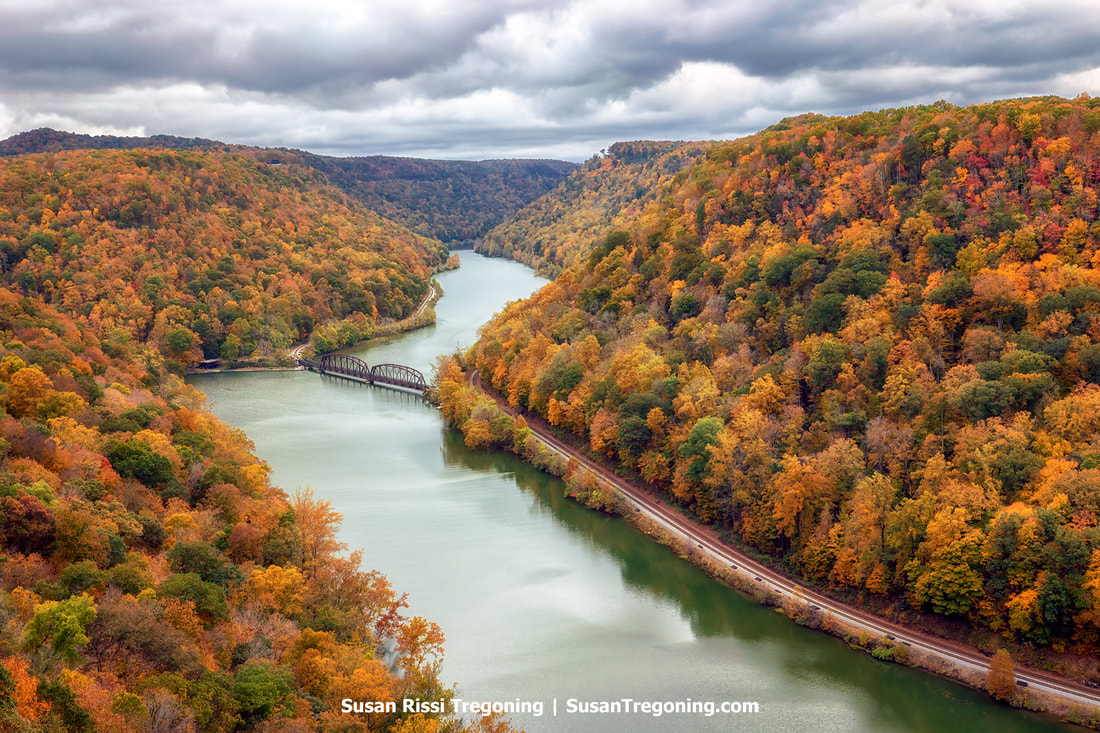 Hawks Nests main overlook offers a breathtaking bird’s eye view through the rugged New River Gorge and the historic railroad bridge that cuts across the Hawks Nest Lake. Hawks Nests main overlook offers a breathtaking bird’s eye view through the rugged New River Gorge and the historic railroad bridge that cuts across the Hawks Nest Lake.
Besides beautiful scenic overlooks and seven miles of hiking trails, the park features a 31-room lodge, an on-site restaurant, and large conference and meeting facilities. The 250-acre Hawk's Nest Lake, a reservoir of the New River located below the lodge, is a significant feature of the park.
Hawks Nest is in the last phase of a $7 million improvement project, which started in late 2020. The original historic 85-year-old CCC buildings have been restored. Access to the lodge is now handicapped accessible, and all rooms have been updated with new fixtures and feature plush accommodations. The seasonal aerial tramway is being replaced, with plans to reopen by 2024. History of the Hawks Nest Area
In 1812, Chief Justice John Marshall, one of America's Founding Fathers, led a 20-man survey team on a six-week river journey through western Virginia for the James River Company to determine if George Washington's vision of establishing a combination land and river trade route from the eastern seaboard to the Ohio River Valley was feasible. Traveling upstream on the James River and into the heart of the rugged Appalachian frontier, they crossed the Allegheny mountains, descending the Greenbrier River and the wild whitewater of the New River, ending up in the tranquil waters of the Kanawha.
Marshall's Expedition surveyed the rock cliffs at Hawks Nest, one of the most well-known natural landmarks in the Upper Kanawha Valley. The rock cliffs were named Marshall's Pillars in honor of him. While there, the engineers also declared that the New River Canyon, at 585 feet deep, surpassed the famed Royal Gorge in grandeur and recommended that a tunnel for the river would harness significant water power there. The growing demand for Kanawha salt necessitated a more reliable year-round all-weather road. In 1820, Virginia authorized the James River Company to construct the James River and Kanawha Turnpike in conjunction with the James River and Kanawha Canal project. Construction on the James River and Kanawha Canal was outpaced by the railroad and never fully completed, falling short of the Kanawha River, but the Turnpike succeeded. The James River and Kanawha Turnpike, which is now part of US 60 and Interstate 64, originated as a meandering game trail that Native Americans traversed for 100s of years to reach the Kanawha salt licks. It subsequently became a crucial route for European immigrants crossing the Appalachians. In 1774, Colonel Andrew Lewis's army marched along it to the Battle of Point Pleasant during Dunmore's War. Virginia had authorized the construction of the Old State Road in 1785 to follow Lewis's path. By 1791, that road was improved and extended to reach the navigable water beyond the Great Falls of the Kanawha, where travelers could continue their journey by water on the Kanawha River. While the Turnpike used parts of the old State Road, it was surveyed through the counties of Greenbrier and Fayette on the north side of the New and Kanawha rivers, as it offered better grades at a lower cost and required fewer bridges. In the 1880s, a railroad company purchased and dismantled the canal using its towpath as the roadbed to lay their tracks. By 1888, that railroad company had become part of the Chesapeake and Ohio Railroad. The Turnpike, which passed near the Hawks Nest rock formation, became a favorite stopping point for travelers due to its unparalleled vista of the Gorge. Today, that section of the old Turnpike is part of US Route 60, also known as the historic Midland Trail. In 2000, it was renamed the Midland Trail National Scenic Byway. The C&O Railroad Bridge
The C&O Railroad first constructed a wooden truss bridge here in 1872. On January 29, 1873, at an unmarked spot near the bridge, the ceremonial driving of the last spike took place, joining the C&O line from Richmond, Virginia, to Huntington, West Virginia. However, this ceremony was purely symbolic since C&O had completed the line several days earlier, somewhere closer to Fayette Station.
The bridge's wooden trusses were replaced with steel trusses in 1892 and remained until the Hawks Nest Dam and Lake were constructed. At that time, adjustments to the bridge were necessary to accommodate the higher water level. The modified bridge, finished around 1930, involved:
Hawks Nest Dam
The Hawks Nest Dam and Lake were built in 1934, damming up the New River for flood control and providing hydroelectric power for the area's growing manufacturing industry. The Dam channels its flow through a tunnel stretching 3.5 miles beneath Gauley Mountain, where the water reconnects with the river close to Gauley Bridge, serving as a resource for the hydroelectric power plant.
During the Great Depression, drawn by a promise of steady income and employment, approximately 3,000 men, two-thirds Black, migrated from southern states to West Virginia to excavate the tunnel. The work involved grueling 10- to 15-hour shifts, using drills and dynamite to extract sandstone primarily composed of cemented quartz (silica) sand.
Dry drilling methods were used, which exposed the workers to high levels of silica dust without the aid of masks or specialized breathing apparatus for proper protection. This prolonged exposure to the silica dust led to many workers contracting silicosis, a severe lung disease. Approximately 60 workers from Hawks Nest became incapacitated after just two months of working underground, and 80 more became disabled after six months on the job. The majority of these workers died from silicosis in as little as a year.
The tunnel drilling company quickly became entangled in legal disputes, which the company's president dismissed as extortion attempts. The company claimed that only 109 deaths were caused by silica exposure during tunnel construction. However, a Congressional hearing estimated the death toll at 476. Other estimates put the casualties even higher at somewhere between 700 to 1,000+.
Determining an exact count has been difficult since many workers were transient and left the area before falling ill. The state supreme court dismissed 200 other lawsuits due to late filing. Despite this, the company ultimately settled 300 lawsuits out of court for $170,000, a small fraction of the original $4 million demand. Contributing an additional $166,000 to a state compensation fund was required. This unfortunate event led to the formal acknowledgment that acute silicosis is an occupational lung disease. It paved the way for compensation for affected workers. The construction of the Hawks Nest Tunnel is considered one of the country's largest industrial disasters. Hawks Nest Becomes a Park
In 1935, West Virginia acquired 31 acres of land crossed by US 60, including Marshall's Pillars, to create a roadside park. It was named Hawks Nest since Marshall's Pillars had once been home to many nesting ospreys, also known as fish hawks, that rode the thermals between the high cliffs of the Gorge. But don't expect to see any ospreys there today; the bird population was disrupted when the Chesapeake and Ohio Railway was constructed in the late 1800s.
In 1937, the Civilian Conservation Corps constructed a two-story rustic building, picnic shelter, shop, and restrooms using hand tools and locally sourced chestnut logs. The site is characterized by the prominent use of locally sourced dry-stacked sandstone. A flagstone path and steps lead to the Main Overlook, where stacked stone walls form a loop down to the panoramic viewing area once known as Marshall's Pillars above the river gorge. The undulating stone wall is topped with a black iron railing. Similar stone techniques were used on the east side of the road to create a wall separating the picnic area from the parking lot. This wall is lowest in the center, revealing the shelter to the rear. It rises higher at each side as it connects with two buildings -the Trading Post and a whimsical round tower with a conical roof surprisingly housing the restroom- both are built of stone. The U-shaped site is defined by a stone retaining wall with integrated fireplaces. Stone picnic pads and walkways are featured in an open expanse of lawn. The shelter's back wall, two octagonal ends, and main entrance are all built entirely of stone on a stone foundation. Logs are used as rails and at the entrance gable for visual access into the shelter. Additionally, stone forms a wall around and comprises the first story of an observatory museum house on a nearby hill. These structures are listed on the National Register of Historic Places, representing the New Deal-era public works in West Virginia State Parks.
The building, which initially served as a museum, has a room with multiple windows for viewing the Gorge and provided living quarters for a park staff member. As part of the improvement project that began in late 2020, the 85-year-old log building has been repurposed as an event center. It can now host weddings, conferences, and other gatherings for up to 65 people.
While the CCC complex was the heart of the park in the early years, in the 1960s, Hawks Nest State Park expanded its land, and the Department of Natural Resources took control of the property in 1963. The park lodge and other amenities, such as a swimming pool, game courts, and an aerial gondola, were completed in 1967. Perched on the rim of the Gorge, the four-story, 31-room Hawks Nest Lodge features a modern design by The Architects Collaborative, a Cambridge, Massachusetts, architectural firm co-founded by innovative modernist designer Walter Gropius. Gropius founded the Bauhaus School of Design and Architecture before fleeing Germany in 1934. Credited with introducing modernist architecture to the United States, he became the head of Harvard University's School of Architecture in 1938. Expansive window walls in the lobby, dining room, and guest rooms offer stunning views of the Northern end of the New River Gorge. Now operated by the State Parks system, the restaurant is open seven days a week year-round for breakfast, lunch, and dinner. New River Jet Boats
The aerial tramway provides a picturesque route down to the lake at the New River Gorge's base, where New River Jet Boats offers jet boat excursions that give you views of the Gorge from the Hawks Nest Dam to the New River Gorge Bridge.
For more information about the New River Gorge area, check out these links:
Not every image makes it into my blog. If you enjoyed the images in this article, please check out my West Virginia Collection for more images of the state, or visit my Gallery with over 3000 images of locations from around the United States.
Fine Art Prints are available for order as print only, framed art, canvas art, metal art, acrylic art, and wood art prints in various sizes. Home Decor and Gift Ideas include shower curtains, throw pillows, towels, totes, phone cases, t-shirts, puzzles, and more—Worldwide Shipping with a 30-day money-back guarantee.
About the Photographer
0 Comments
Your comment will be posted after it is approved.
Leave a Reply. |
AuthorI am the 8th photographer in 4 generations of my family. Back in 2006, my husband accepted a job traveling, and I jumped at the chance to go with him. Categories
All
Archives
June 2024
This website uses marketing and tracking technologies. Opting out of this will opt you out of all cookies, except for those needed to run the website. Note that some products may not work as well without tracking cookies. Opt Out of Cookies |
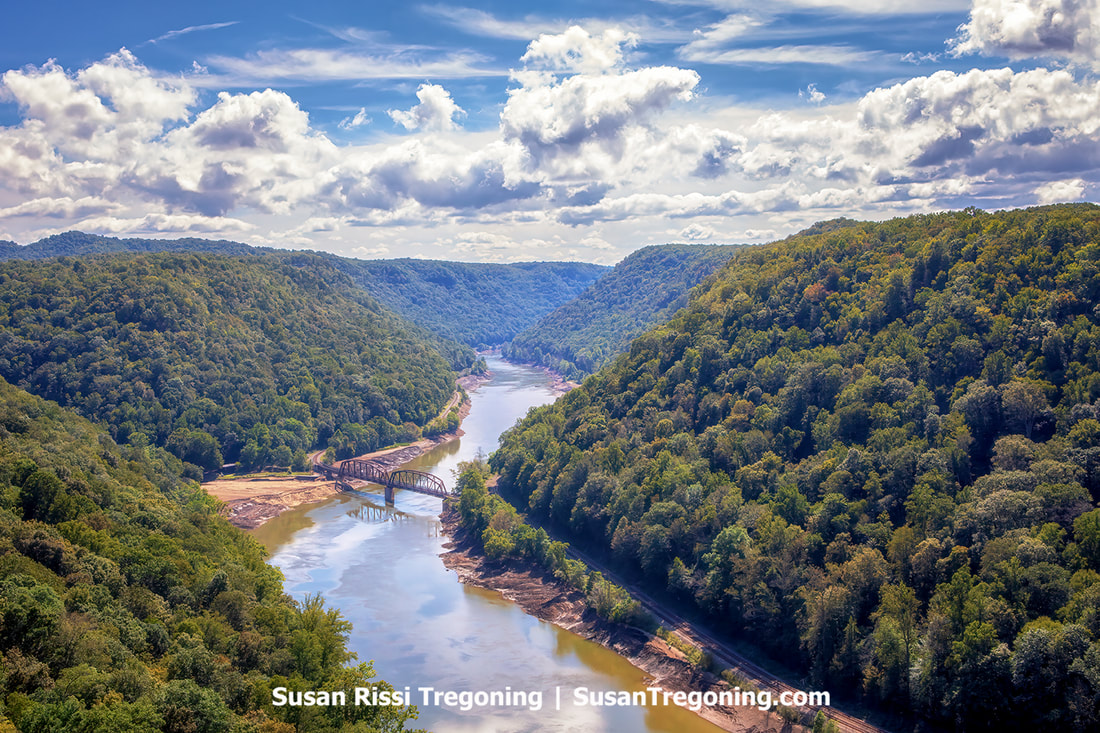
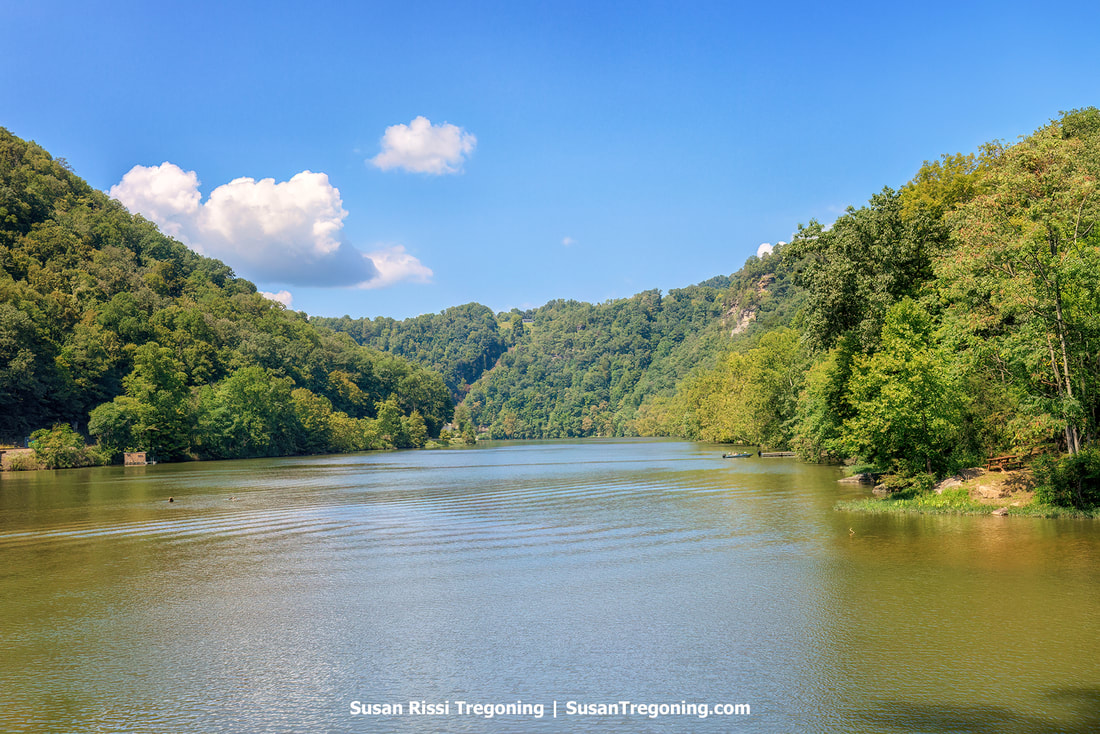
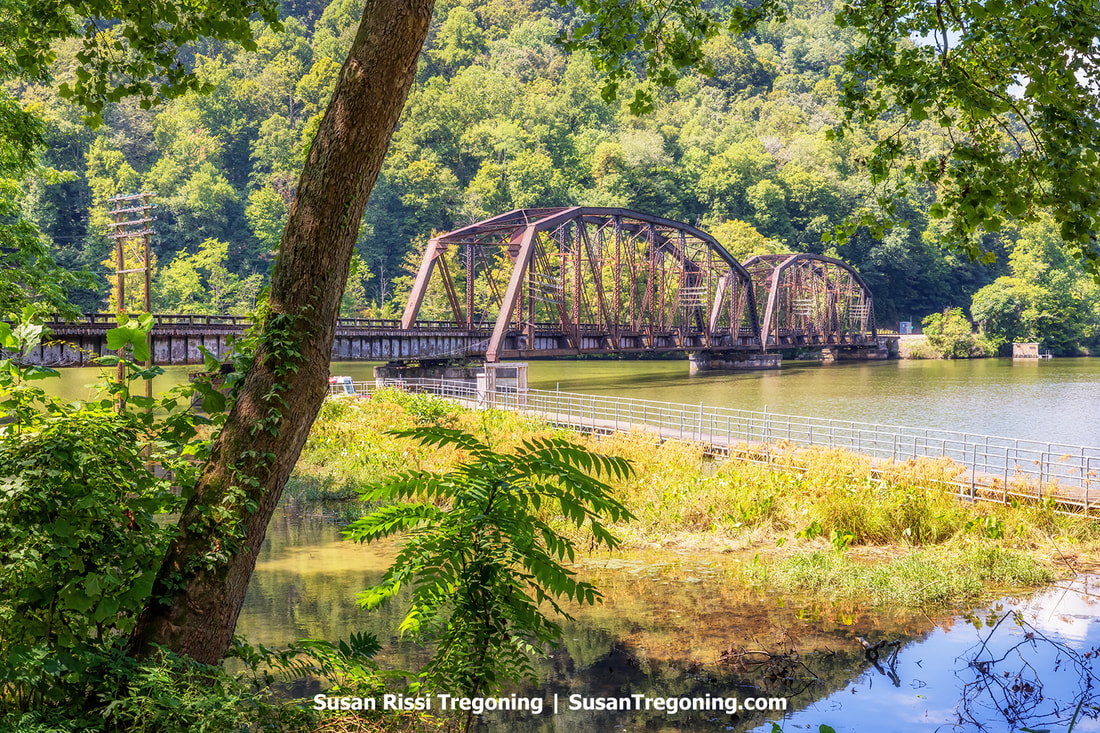
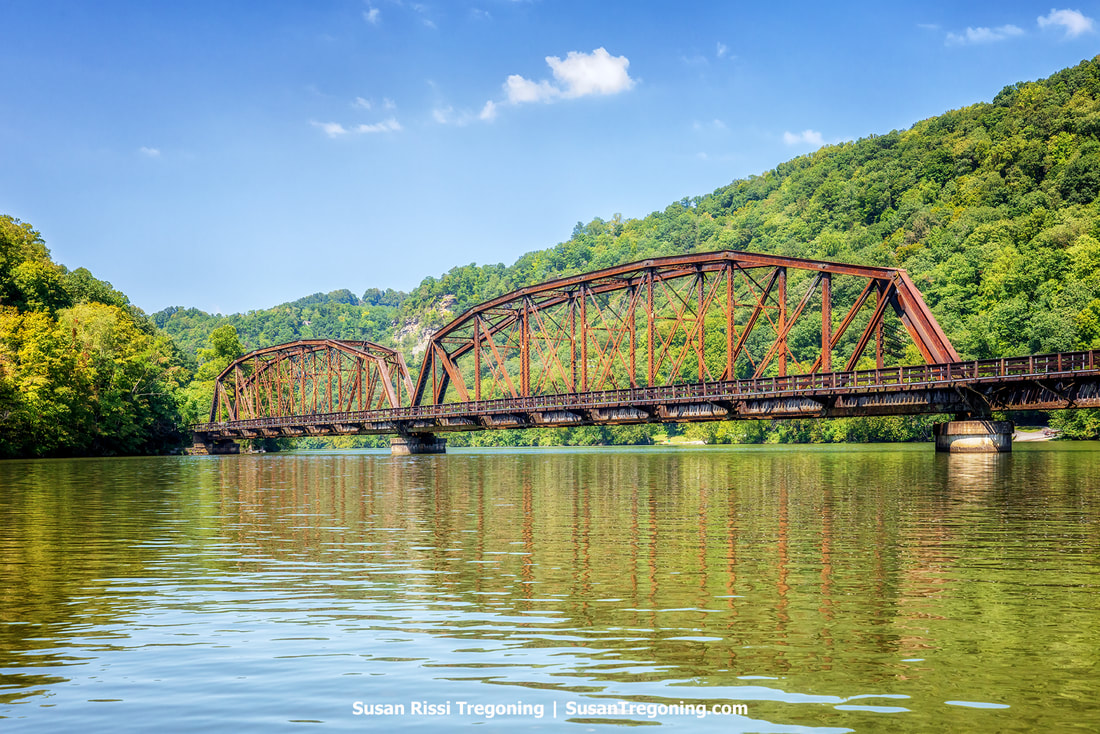
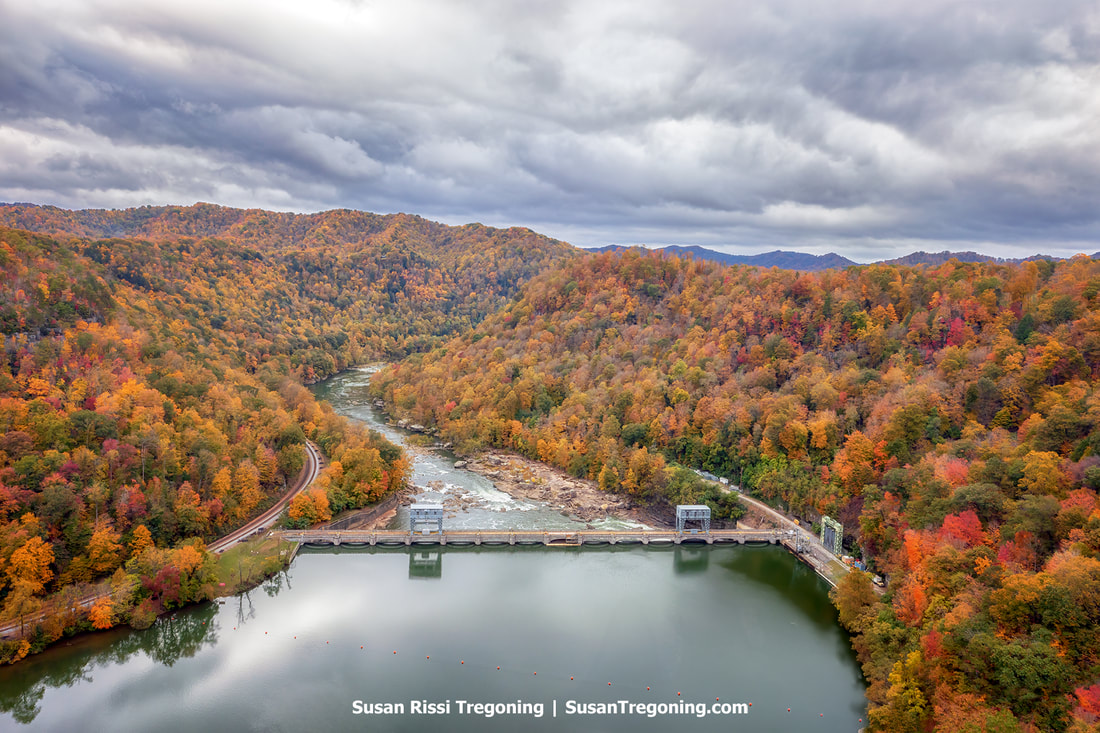
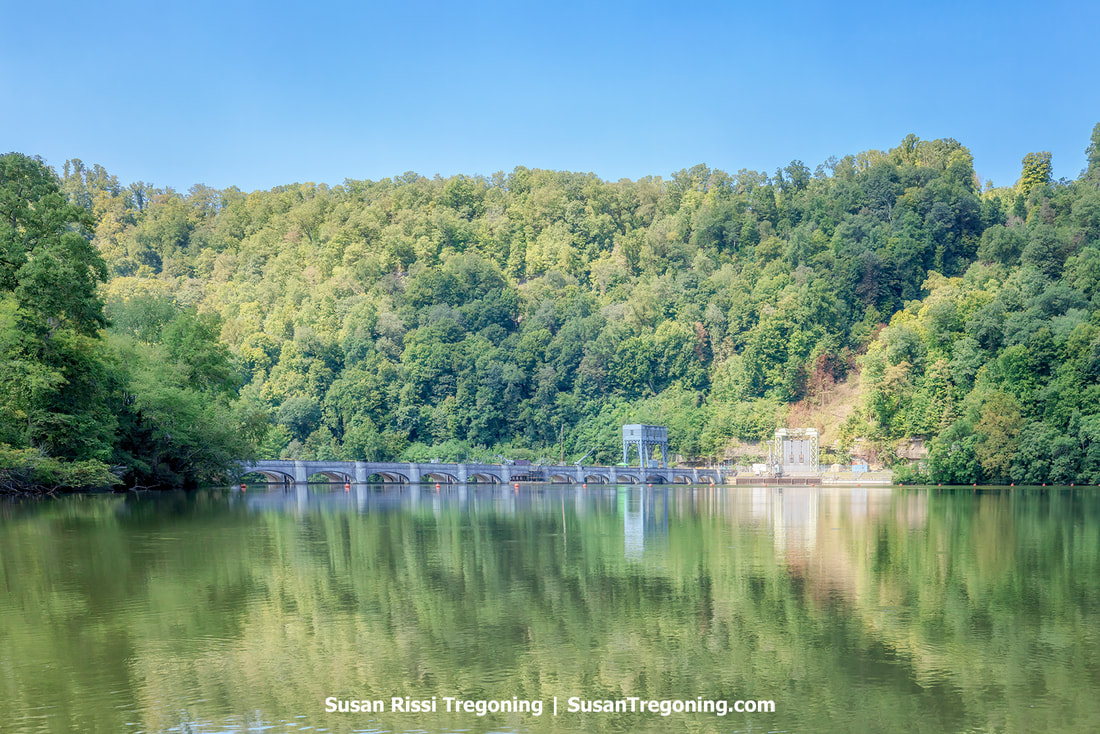
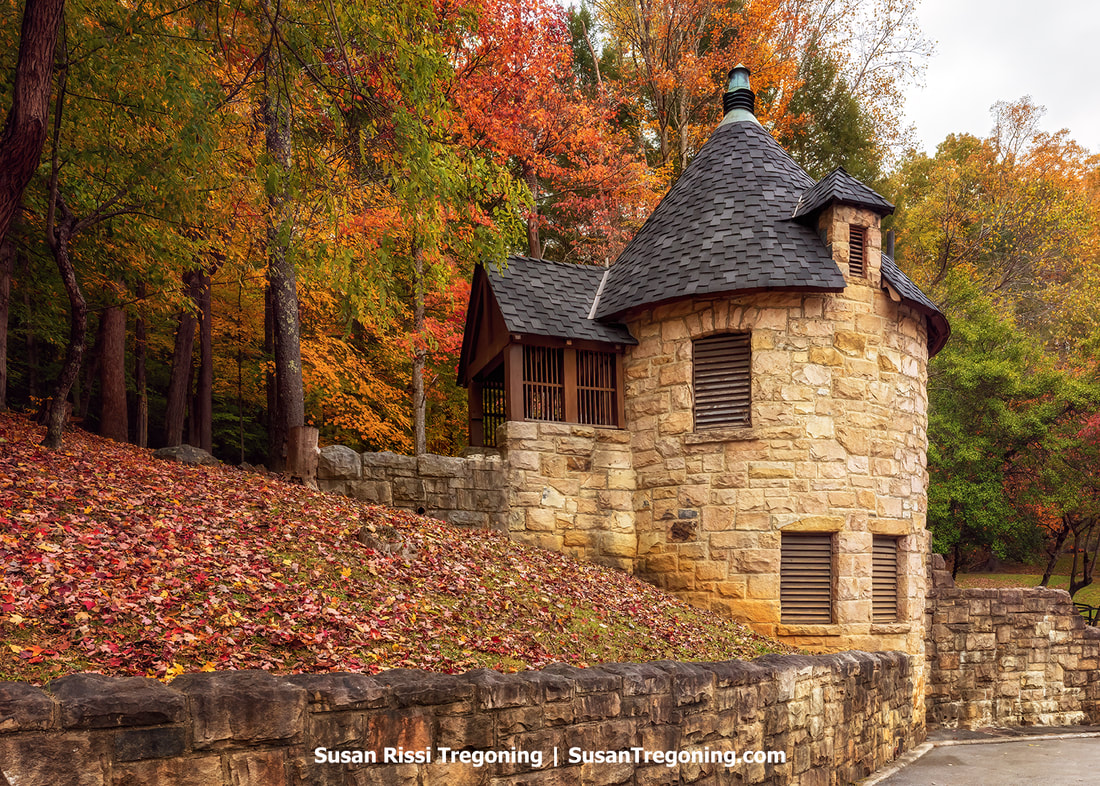
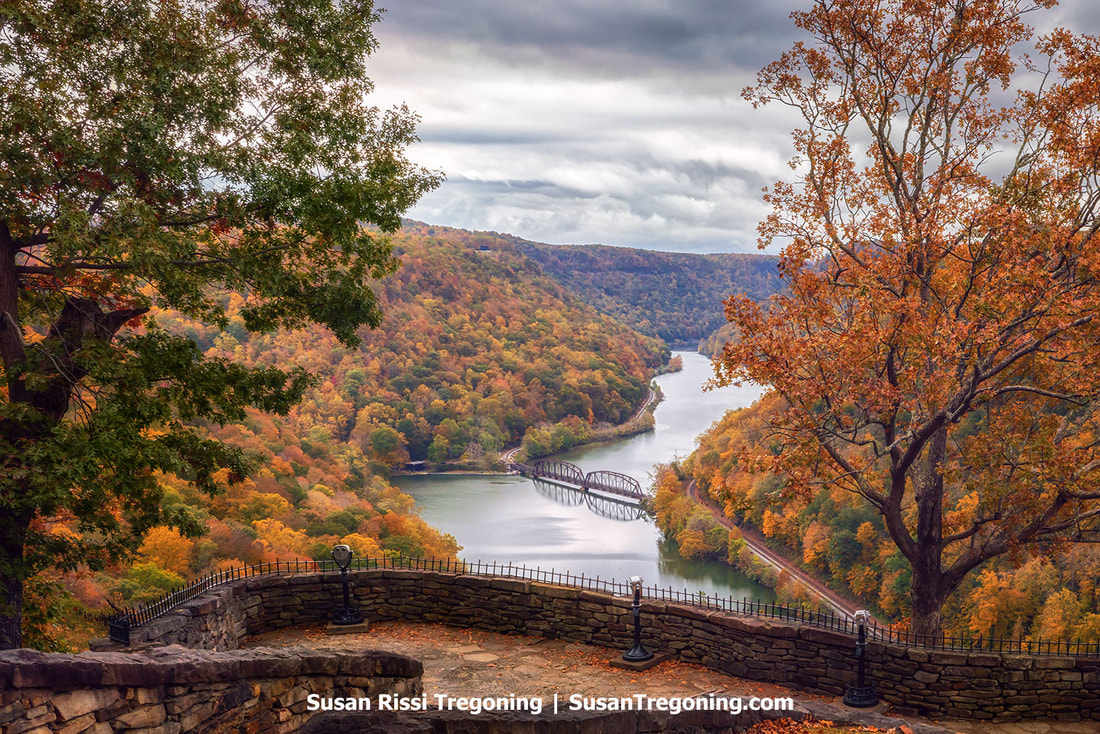
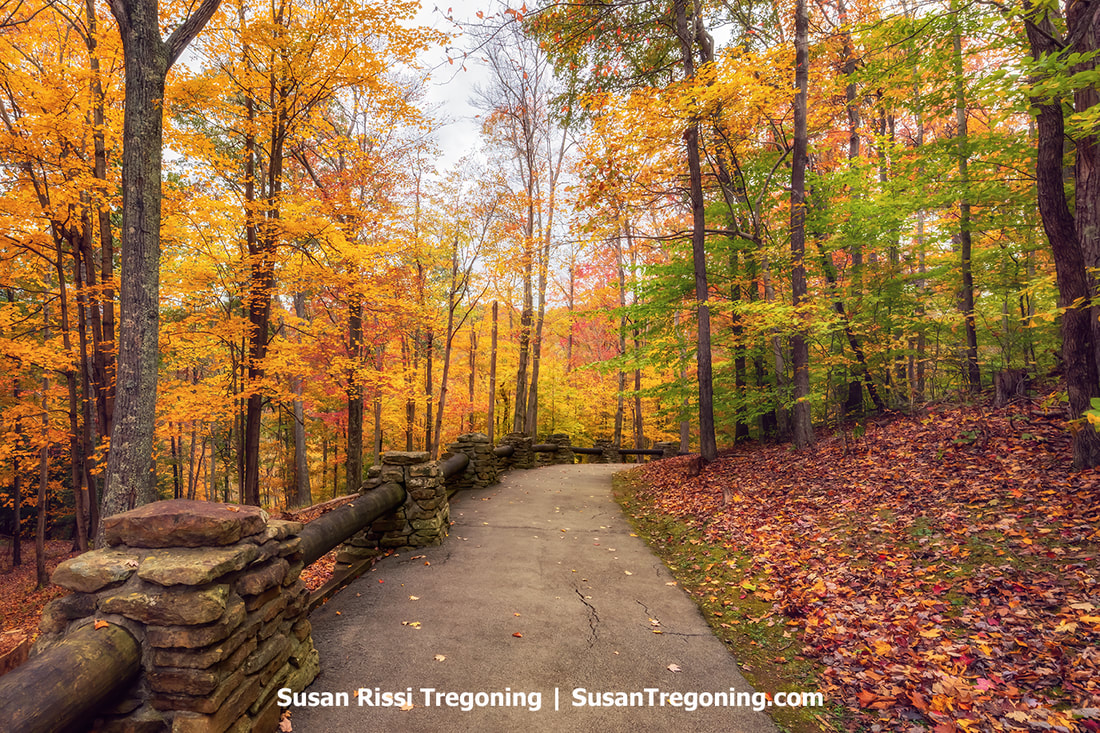
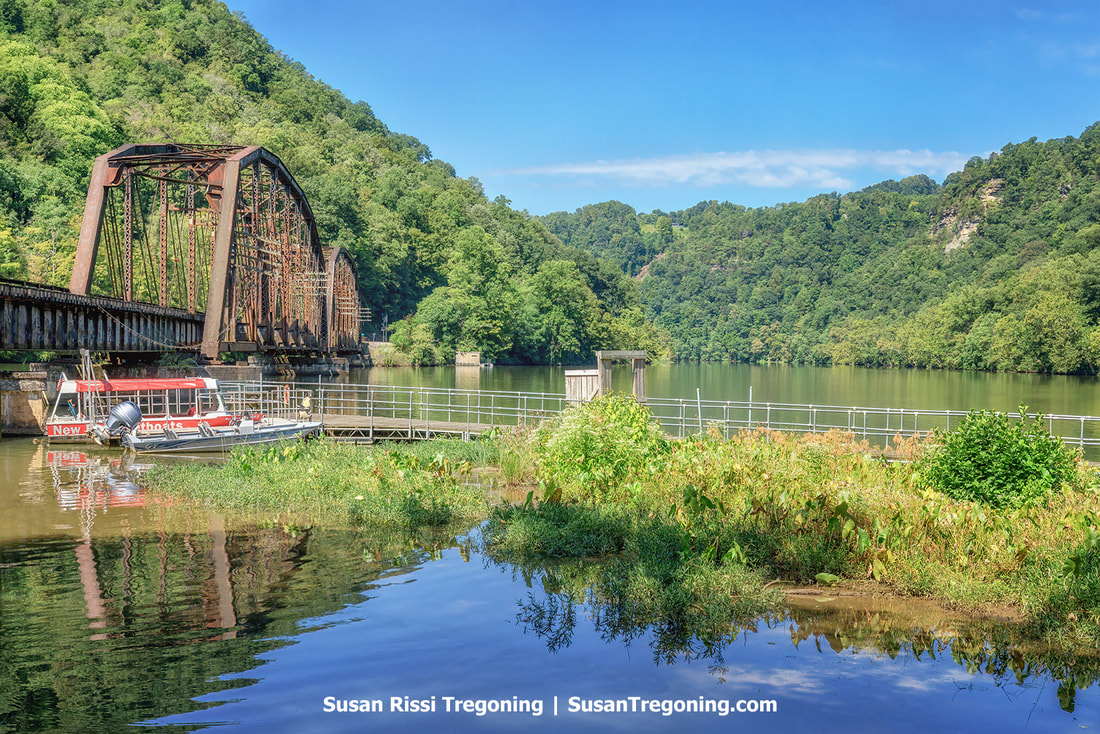
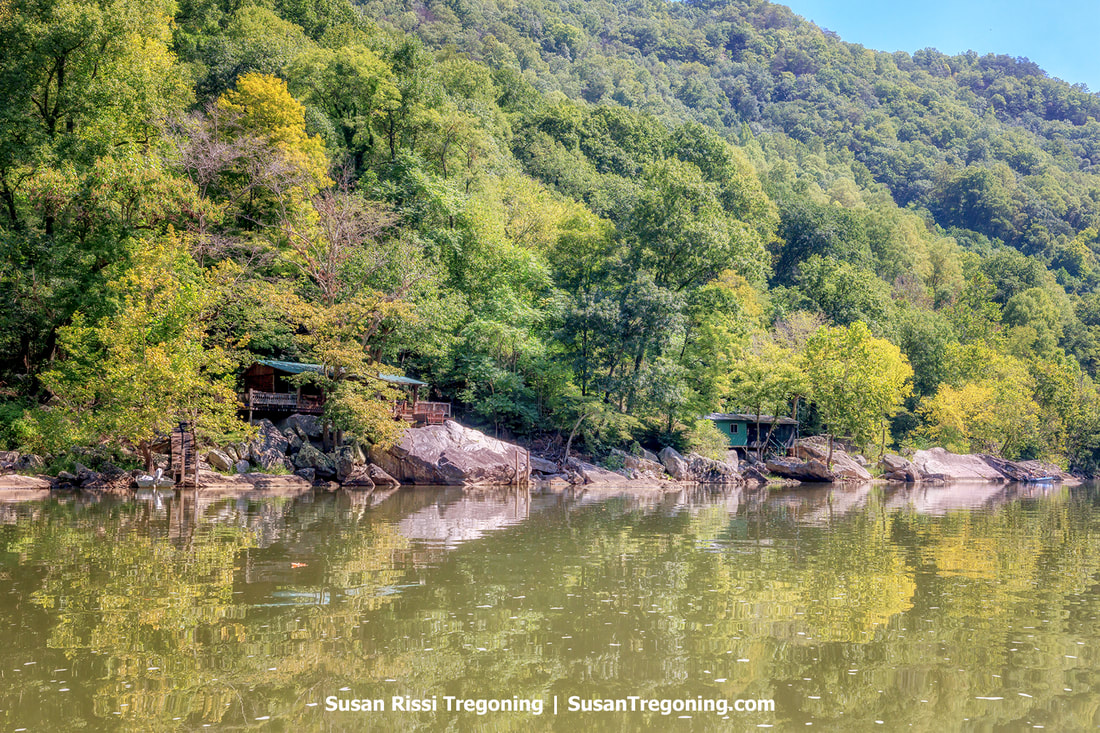
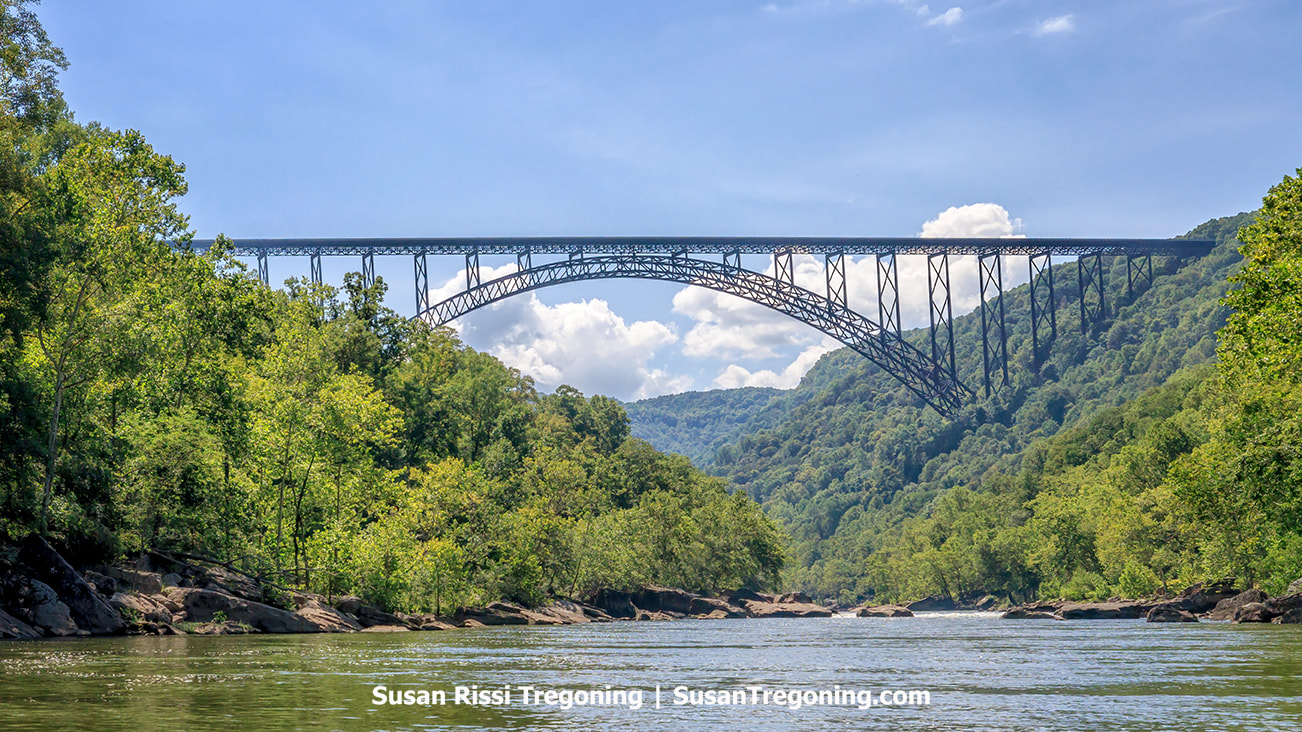
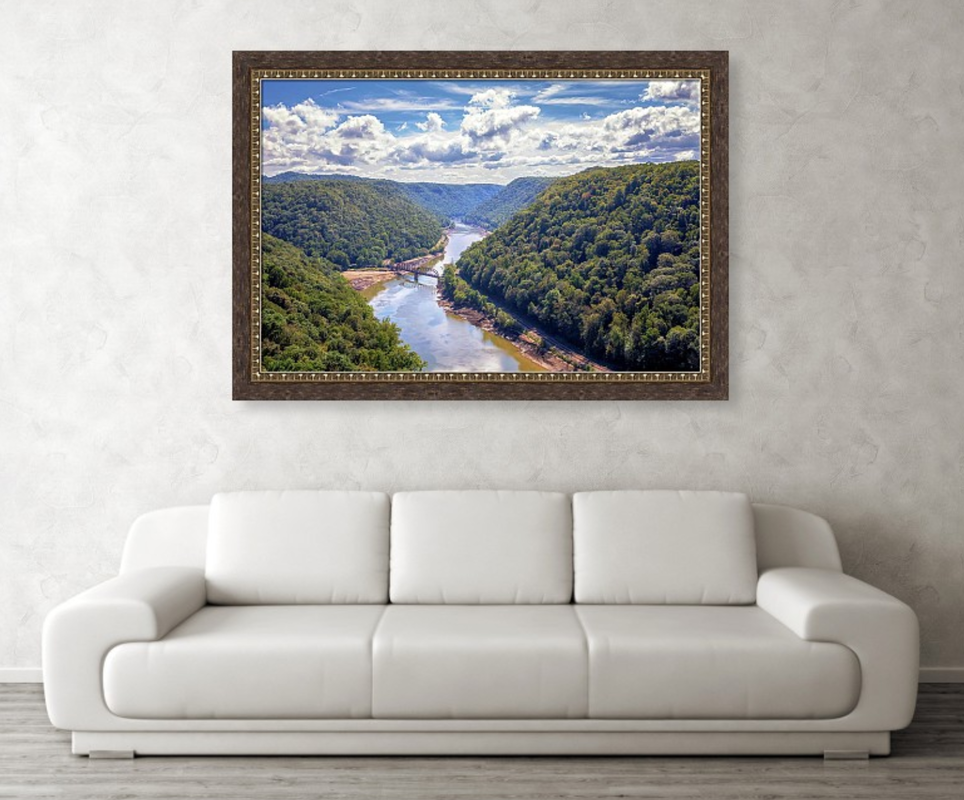

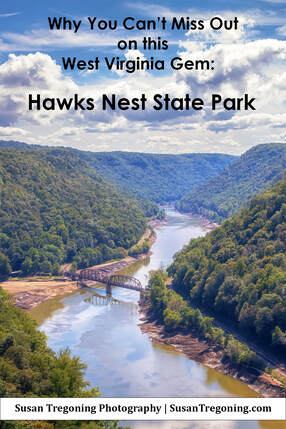
 RSS Feed
RSS Feed